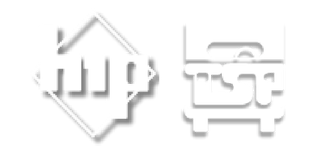emergency escape breathing
apparatus training
The 49 CFR Department of Transportation Pipeline and Hazardous Material Safety Administration (PHMSA) fine for failure to train, test, and certify hazmat employees, was recently increased to $601.00. Little more than the cost of a cup of coffee and attending our DOT, EPA & OSHA Hazardous Materials, Substances and Wastes Compliance Seminar.* That is the minimum, for training violations, the maximum is not more than $99,756.00.
A violation resulting in death, serious illness, injury to any person, or substantial destruction of property rises to a $232,762.00 civil penalty. That is per violation. Conversely, knowingly, willfully or recklessly violating the PHMSA regulations could result in an additional 5 years in prison, up to 10 years in cases of bodily injury or death.
Did you know, that the PHMSA and some of their friends at DOT in a recent final rule, increased their fines and penalties in the Federal Register?
You know the PHMSA, the Environmental Protection Agency (EPA), the Federal Carrier Motor Safety Regulations (FMCSR), the Federal Aviation Administration (FAA), the Federal Railroad Administration (FRA), and the Occupational Safety, and Health Administration,(OSHA), all regularly update their hazardous material and waste training and testing requirements. Did you read FRA’s final rule on Friday, the 26th of January for new emergency escape breathing apparatus training? This was in response to the East Palestine, Ohio hazardous material disaster where the wheels fell off, literally.
At least with the seminar registration in addition to the peace of mind of knowing your employees have been trained, tested, and certified they would also receive the new 2023/2024 Hazardous Materials, Substances & Wastes Compliance Guide (over 2000 pages). Which includes the PHMSA hazardous material shipping, the EPA hazardous waste management, and the OSHA worker protection regulations.
In addition to our Hazmat Compliance Guide and training and testing certification, seminar attendees receive a free** one-year subscription to our DOT, EPA, and OSHA Hazmat Regulatory Update Service. Sign up now. “Training it is the law”.
Be prepared and relax. We have you covered.
* Note: Better rates are available for additional attendees, even in multiple seminars and time zones, on our website hazmat.tsp.com under Seminars.
** Note: Subscription of our Federal Register Regulatory Update Service for a limited time, is FREE, sign up on our website to receive your updates, whether you plan to attend a seminar or not.
Robert J. Keegan
Publisher and President
Hazardous Material Publishing Compan
Transportation Skills Programs Inc.
Hazmat.tsp@gmail.com
610-587-3978 text







